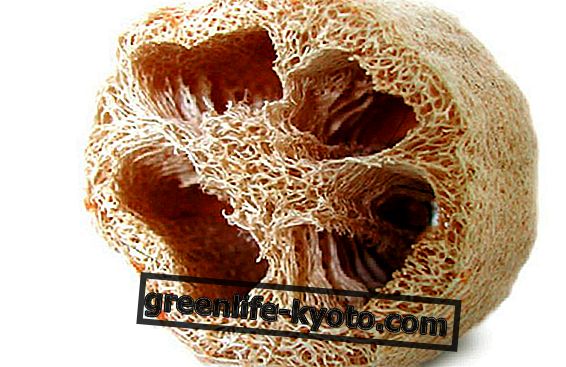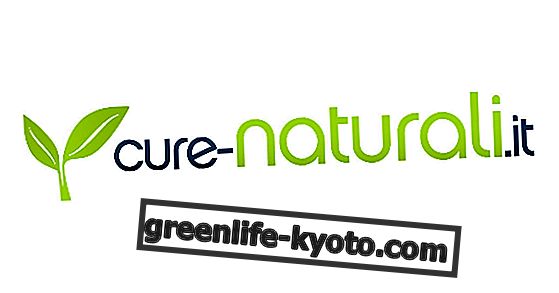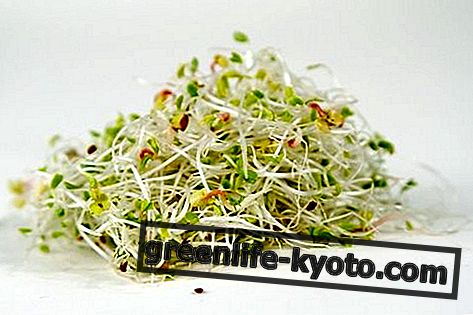
Royal jelly, substantial nourishment of the queen bee, is a gelatinous substance rich in nutritive principles that enhance the morphological structure of the bee destined to be the queen of the hive.
All of us have used royal jelly since we were children: in times of lack of appetite, great school commitment or during the changes of season, our mother gave us this wonderful remedy to support our body .
But is royal jelly suitable for everyone? And in a period as delicate as that of pregnancy is it a safe remedy ?
Let's see together for and against this remedy that bees give us.
The benefits of royal jelly even during pregnancy
As I mentioned above, royal jelly is a jelly-like substance produced by the glands of bees and is used to feed the queen bee to make it strong and resistant, ready to guide the swarm of its beehive. This food is rich in trace elements, amino acids, calcium, copper, phosphorus, potassium, silicon, and vitamins A, C, D, E and group B.
Royal jelly is one of the main remedies for the so-called "restorative treatments": it regulates the appetite, counteracts tiredness and stimulates physical and mental resistance, and is a modulator of mood.
It is easily recommended to children when they are lacking appetite, to students under stress, to convalescents to recover faster, to the elderly to energize.
For pregnant women it can be indicated as a modulatory remedy after the third month if particularly tired, with difficulty sleeping and relaxing; it is also an important source of folic acid, essential for the health of the fetus and the well-being of the mother. In such a delicate period, however, it is advisable to ask your gynecologist for an opinion .
The contraindications of royal jelly also for pregnant women
Some confuse royal jelly with propolis and speak of contraindications linked to possible undesirable effects caused by the component of bioflavonoids and essential oils, but I remember that these concern precisely propolis, which despite being a product elaborated by bees is completely different from royal jelly .
There are no studies that include toxicity from this panacea, but it is a product of bees and can be an allergy in people sensitive to products of this nature, such as pollens, propolis and honey.
If you have never used it, it is best to avoid testing it when you are pregnant : in cases of intolerance or allergy it can cause asthma, hives, but also anaphylactic shock .
How to take royal jelly
On the market we find comfortable phialoides, or lyophilized royal jelly tablets .
We can take it in the morning on an empty stomach and the daily dose is 1 gram : this allows the remedy to be absorbed quickly and to be able to begin to perform its virtues without interactions with digestive phases. .













